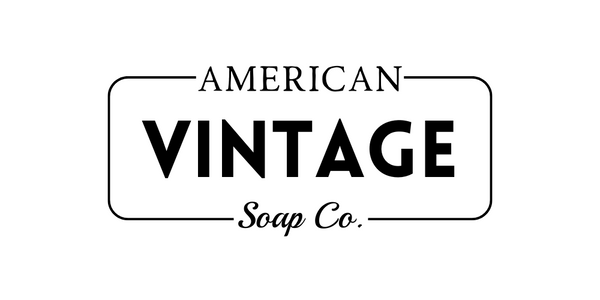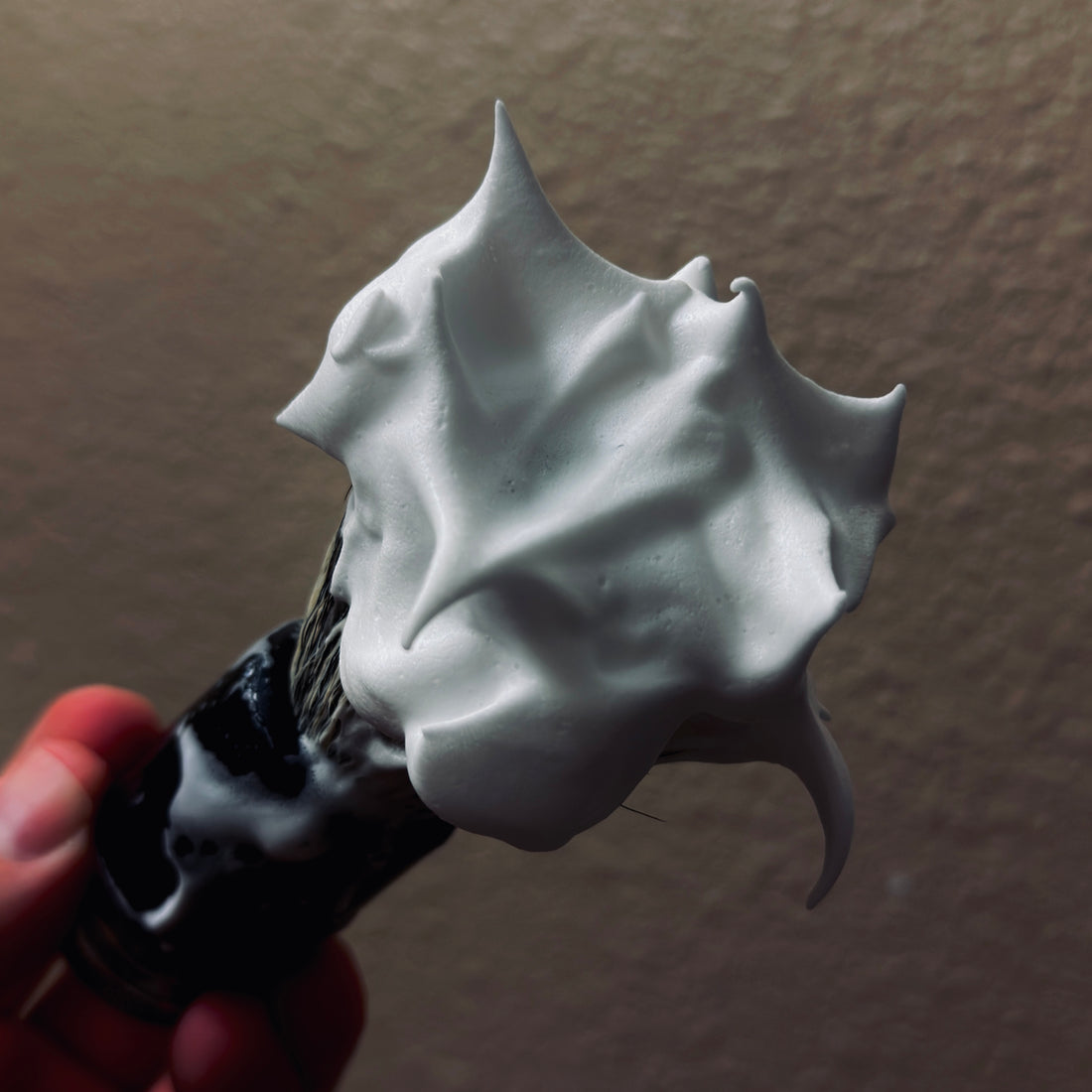For wet shavers, shaving is more of a ritual than a routine. These tips will make sure your shave goes smoothly. Most of these tips apply to safety razor shaving only, not straight razors, cartridge razors, or electric razors.
Invest in an adjustable razor. At best, a non-adjustable razor will be a one size fits most. Your skin is one of a kind, and being able to dial in the aggressiveness that fits it is crucial for a smooth shave.
There is a second degree of adjusting your razors aggressiveness beyond the built in levels, and that is the double edge blade itself. We highly recommend buying a sample pack of double edge blades and swapping through every one to get the most accurate assessment for which blade is right for you and your razor. It will take one or two shaves with each blade to learn which combo is best for you.
We highly recommend investing in a textured shaving bowl and a quality shaving brush. Smooth shaving bowls extend your shaving brushes lifespan slightly, but at the cost of lather building. The more intense the texture/friction pattern in the bowl, the better the lather building but the shorter the brush lifespan (generally speaking).
Badger brushes are the most popular types of shaving brushes, they last much longer in our experience verses synthetic brushes at the expense of longer cleaning time and a small hit to lather building. It probably wouldn't be worth buying three different brushes with different brush types to find your favorite, so in general we recommend a badger brush from a reputable brand to start.
And finally, the shave.
You can get extremely overkill and fancy if you like, with hot towels, pre-shave oil, skin detox routines, but we are keeping it extremely simple and letting the shaving soap/cream do the heavy lifting.
We recommend filling your shave bowl with warm, not hot, water and placing your shaving brush knot down inside of it. This will prep your brush and bowl at the same time. The general rule is one gram of shaving soap per pass and a half just about, or approximately one blueberry sized dollop.
This is the tricky part that usually takes practice mastering, and that is the water-to-soap ratio. Too much water and your soap will literally drown and just become sudsy water, too little water and your lather will be a thick paste that will clog your razor and brush in no time.
Pour out the water in the bowl, and shake your brush out until it is barely, but still, dripping with water. Add your gram of shave soap/cream to your lather bowl, and begin working the cream with your brush in a circular motion. Keep working until all tiny bubbles are gone, and your lather begins to "peak". These peaks are demonstrated in the picture above, and are representative of a thick and ready lather for shaving. Once you develop peaks, rinse your face with a little warm water and do not dry it off.
Paint the lather on your face, literally. Do not crush your brush on your face, just gently paint it on like if you were the barber version of Vincent van Gogh. Keep painting and smoothing out the lather so that it is one even coat across everywhere you want to shave, with no spot with too much or too little lather.
Now for the cutting. Your safety razor has a sweet spot where the blade catches your face, usually at a 30 degree angle. Too shallow of an angle and the razor guard will be the only thing touching your face, too much of an angle and the top of the razor will be the only thing touching. Find the sweet spot, and wet your razor under cold water, not hot. This will help with irritation and razor burn.
If your razor has any significant weight to it, let the razor do all of the work. If your razor is on the light side, like very light side, add the slightest bit of pressure during your passes. Never move your razor in a direction that isn't perpendicular to the blade, this mistake will immediately slice your face. For example, if you are shaving your cheek, your direction should be toward your feet, not your ears. You will cut yourself if you do this! Stretching the skin slightly as you pass will result in a smoother end shave. Your first pass should be a shave with the grain, and your strokes should be no longer than an inch or inch and half. This will reduce mistakes and razor burn.
If you want a second pass for a smoother shave, apply another light coat of lather. If you have an adjustable razor, now is the time to lower the level by a notch or two. This will defend against overshaving and razor burn. We only recommend shaving against the grain of your face if your skin is not on the sensitive side or if you are more experienced. For beginners, shave across the grain.
Rinse and dry once you are done, and we recommend removing the razor blade from your safety razor to prolong its life. For your next shave we recommend flipping the blade over for a fresher edge, and flip every time between shaves until it starts to pull at your face, that will be a sign it is time for a completely fresh blade.
There you have it, our standard shaving routine. Nothing too fancy, just the basics, but they are tried and true. Happy shaving!

